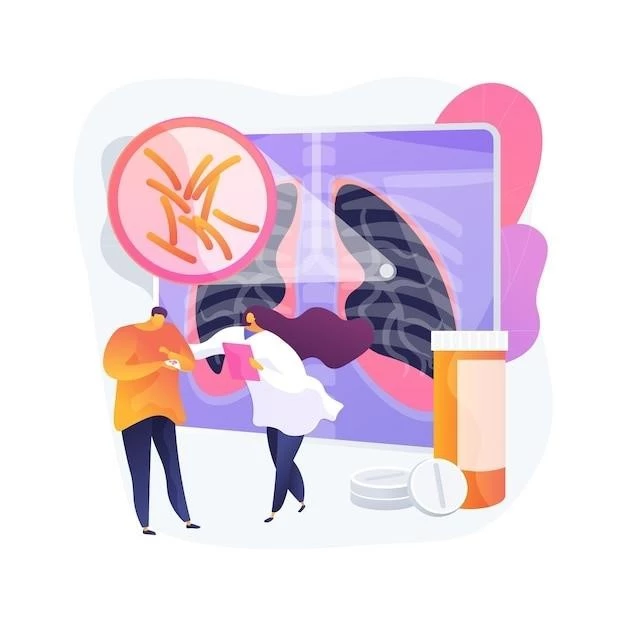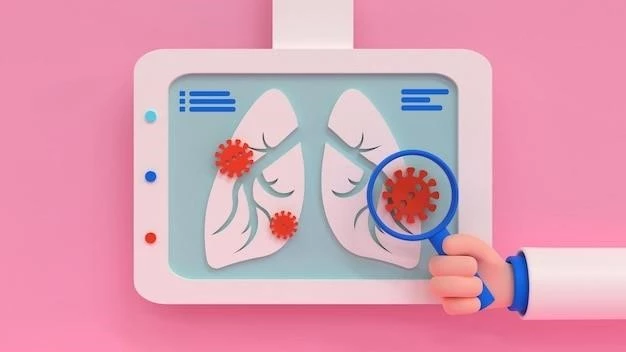Introduction to Reactive Airway Disease (RAD)
Reactive airway disease (RAD) refers to breathing problems similar to asthma, triggered by various factors. Learn more about this condition and how to manage it effectively.
Definition and Similarities to Asthma
Reactive airway disease (RAD) is a condition where the bronchial tubes overreact to triggers, leading to symptoms similar to asthma. While RAD and asthma share similarities, RAD is less defined and can be challenging to diagnose accurately. Understanding these similarities is crucial for proper management and treatment.

Symptoms and Triggers of RAD
Reactive airway disease (RAD) can be triggered by various factors such as allergens, infections, and chemicals, leading to symptoms like coughing, wheezing, chest tightness, and shortness of breath. Identifying triggers and understanding symptoms are key to effectively managing RAD.
Common Symptoms
Reactive airway disease (RAD) shares symptoms with asthma, such as wheezing, coughing, shortness of breath, and chest tightness. Recognizing these symptoms early can help in prompt management and treatment of RAD.
Diagnosis and Treatment Options
Reactive airway disease (RAD) requires accurate diagnosis and appropriate treatment to manage symptoms effectively. Early detection through diagnostic tests and a personalized treatment plan involving medications and lifestyle adjustments can help improve quality of life for individuals with RAD;
Diagnostic Methods
Reactive airway disease (RAD) can be challenging to diagnose definitively, as it shares symptoms with asthma. Diagnosis may involve pulmonary function tests, chest X-rays, and possibly bronchoscopy. Proper diagnostic methods are essential for accurately identifying and treating RAD effectively.

Risk Factors and Prevalence of RAD
Reactive airway disease (RAD) can affect individuals exposed to allergens, infections, cold air, or chemicals, with higher prevalence among certain groups like black and Hispanic children. Understanding the risk factors and prevalence can help in early recognition and management of RAD.
High-Risk Groups
Reactive airway disease (RAD) is more prevalent in black and Hispanic children, with higher hospitalization rates compared to other populations. Exposure to specific allergens like cockroach allergen may contribute to the frequency of respiratory issues. Understanding these high-risk groups is essential for targeted prevention and treatment strategies.
Controversies and Comparisons with Other Respiratory Conditions
Reactive airway disease (RAD) is often discussed alongside conditions like asthma, COPD, and respiratory infections. Clarifying the distinctions and controversies surrounding RAD can help in proper diagnosis and tailored treatment approaches.
Relationship with Asthma and COPD
Reactive airway disease (RAD) is informally used to describe asthma-like symptoms in patients. While RAD shares similarities with asthma, doctors often rely on clinical judgment to differentiate between the two respiratory conditions. Understanding the distinctions between RAD, asthma, and COPD is crucial for appropriate diagnosis and treatment planning.
Management and Prevention of RAD
Reactive airway disease (RAD) requires accurate diagnosis for effective management. Different treatment options such as bronchodilators and steroids can help control symptoms. Lifestyle changes like avoiding triggers and maintaining a healthy environment are crucial in preventing RAD exacerbations.
Medication and Lifestyle Approaches
Reactive airway disease (RAD) management often involves bronchodilators like albuterol and inhaled steroids to reduce inflammation. Avoiding triggers such as allergens, smoke, and pollutants is crucial. Creating a clean and allergen-free environment can significantly help in controlling RAD symptoms.
